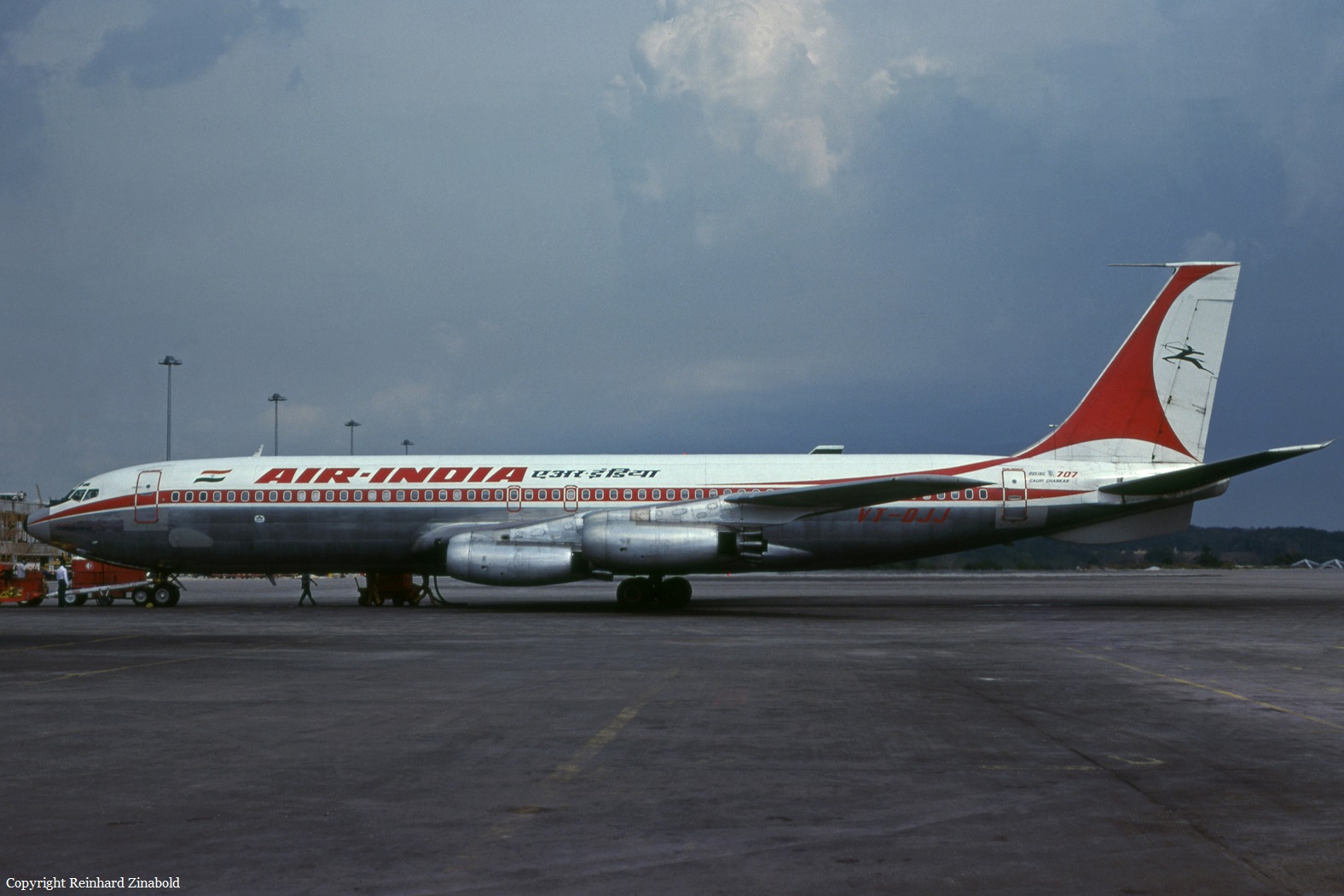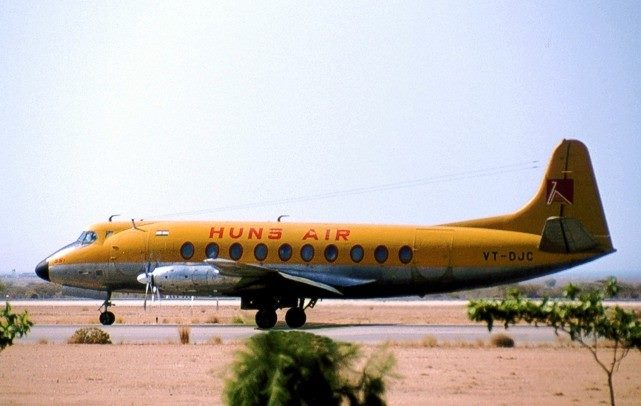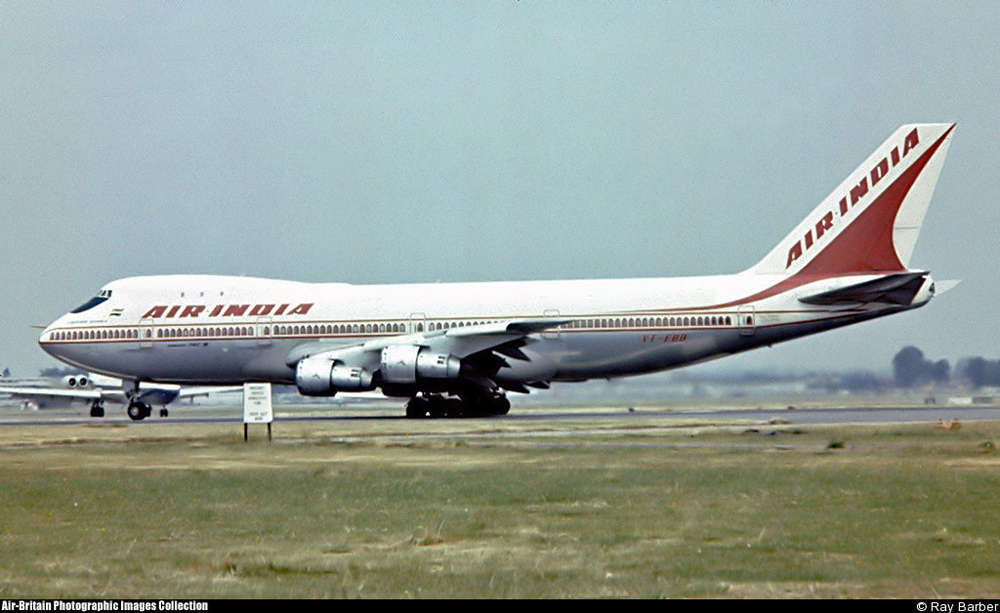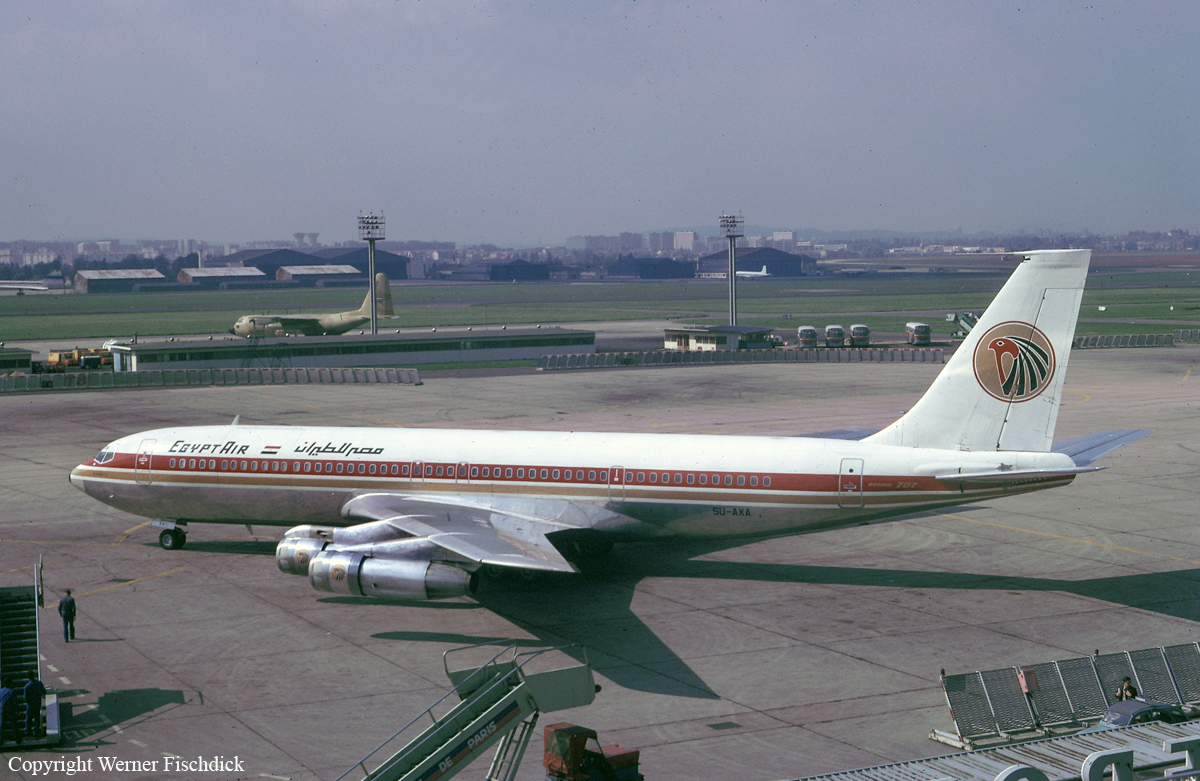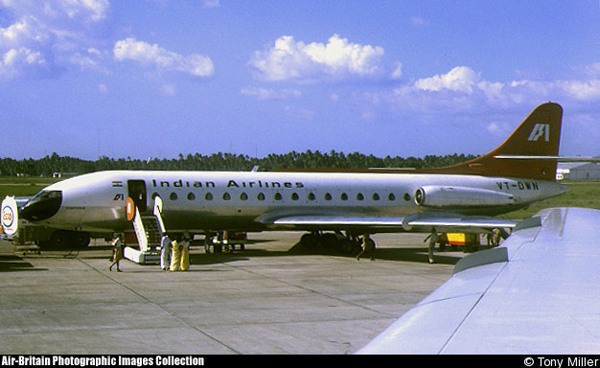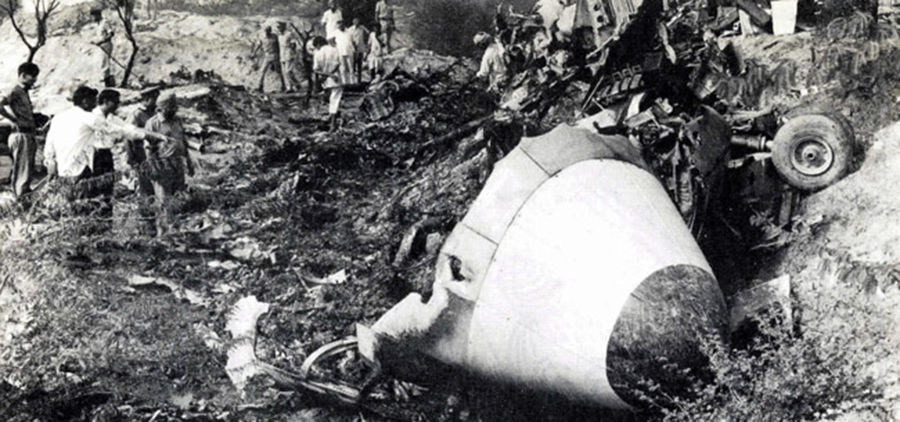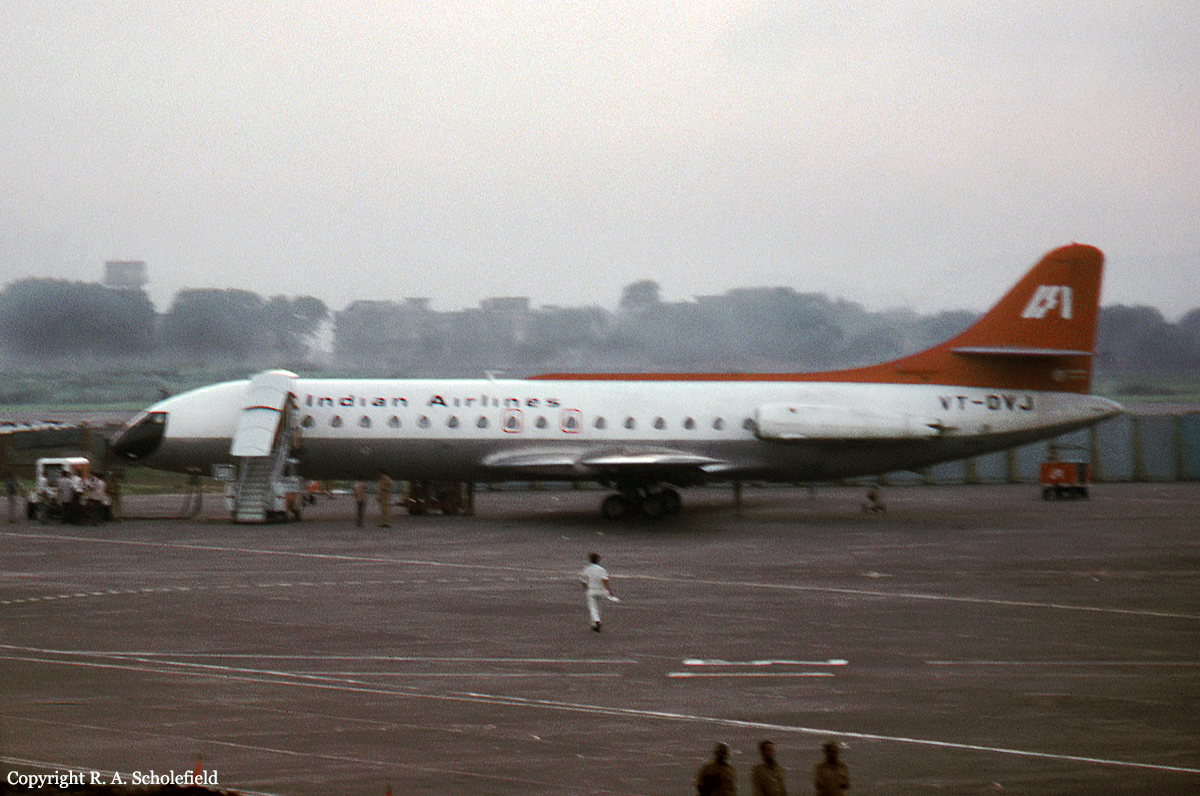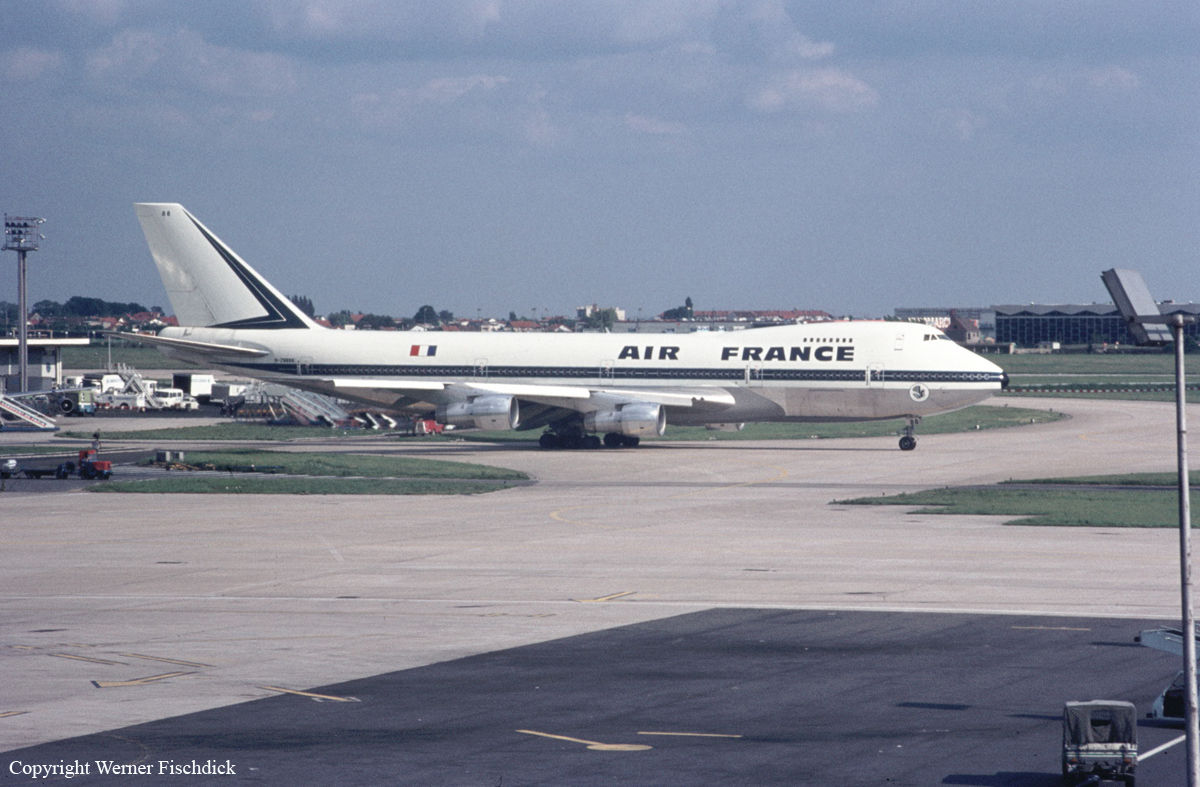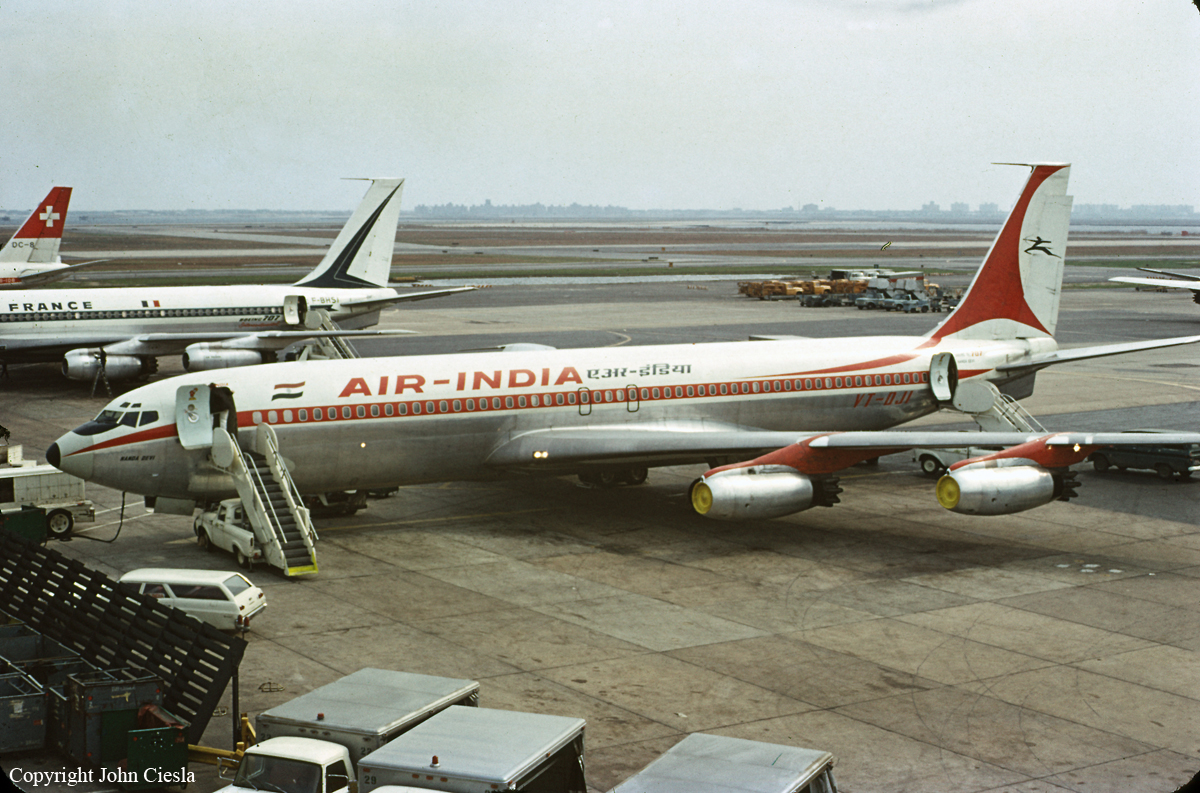Crash of an Airbus A300B2-1C in Madras
Date & Time:
Sep 29, 1986 at 0719 LT
Registration:
VT-ELV
Survivors:
Yes
Schedule:
Madras - Bombay
MSN:
22
YOM:
1976
Flight number:
IC571
Crew on board:
11
Crew fatalities:
Pax on board:
185
Pax fatalities:
Other fatalities:
Total fatalities:
0
Circumstances:
During taxiing for takeoff, the commander gave controls to copilot for takeoff. During takeoff roll, the commander and the copilot sighted a large bird towards the right hand side and the commander told the copilot to continue with takeoff. The copilot reportedly saw another large bird on the runway centreline when the aircraft speed was around 150 knots. The copilot rotated the aircraft and when the aircraft attained 5 to 8° nose up attitude, a loud noise was heard from the right side followed by severe vibration. The commande took over the controls from the copilot at this stage and initiated action to abort the takeoff. Reverse thrust and wheel brakes were applied but the aircraft could not be stopped on the runway and rolled over to kutcha ground. There was no fire but the aircraft was damaged beyond repair. All 196 occupants were evacuated, among them 14 were slightly injured.
Probable cause:
Wrong decision of the commander to reject the take-off after the aircraft had been rotated for a lift-off, following a loud sound and severe vibrations from right engine due to bird hit.


